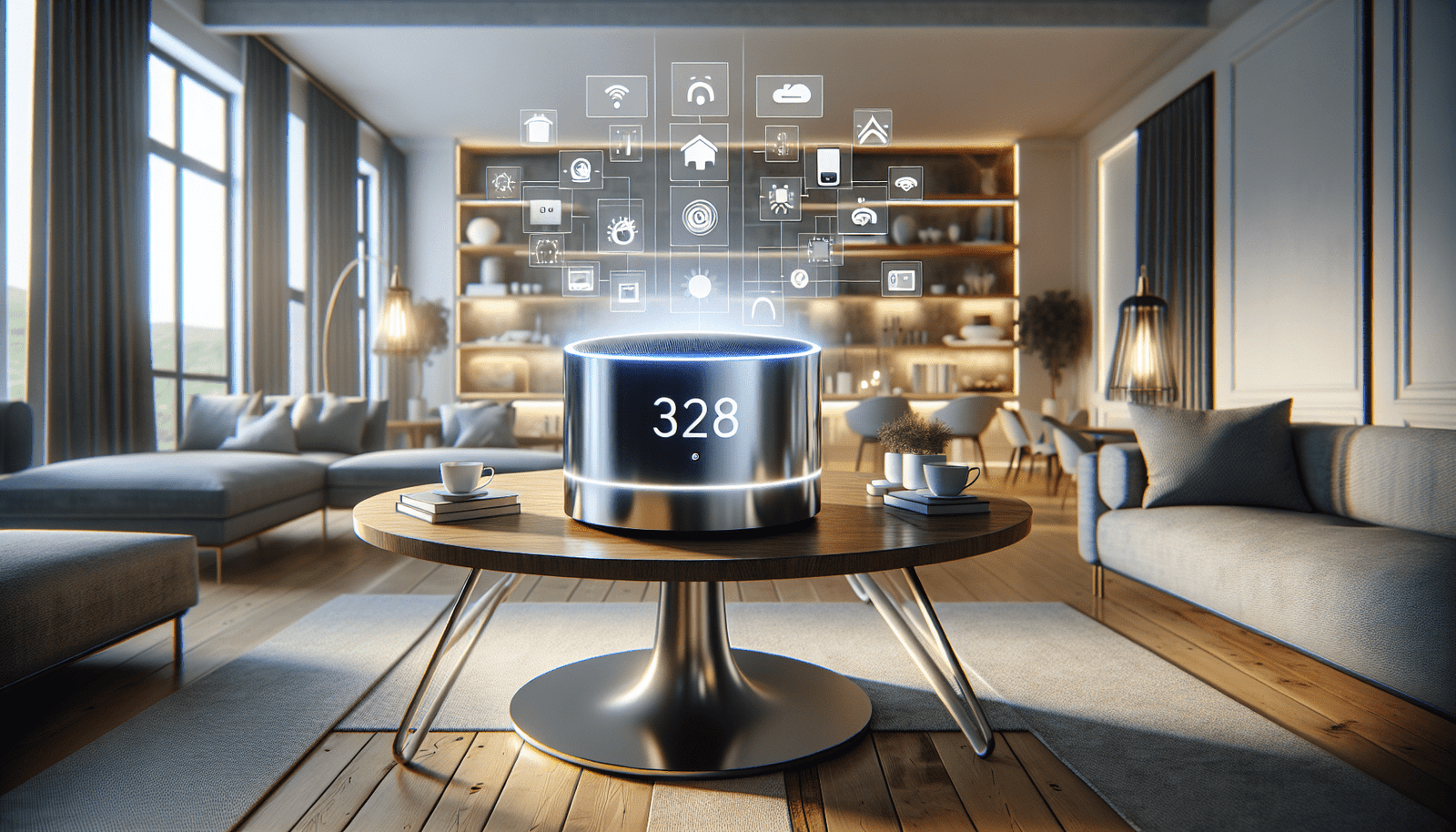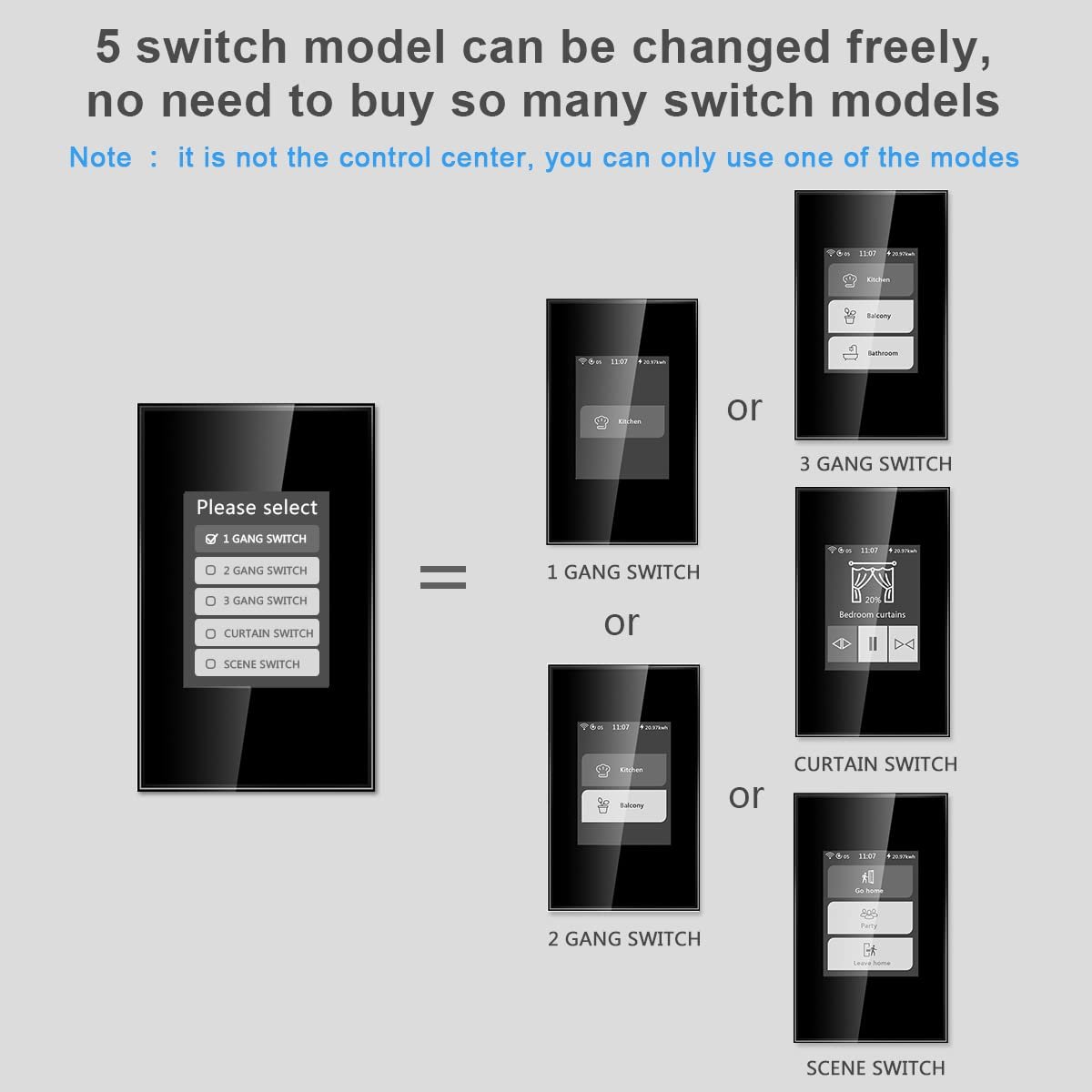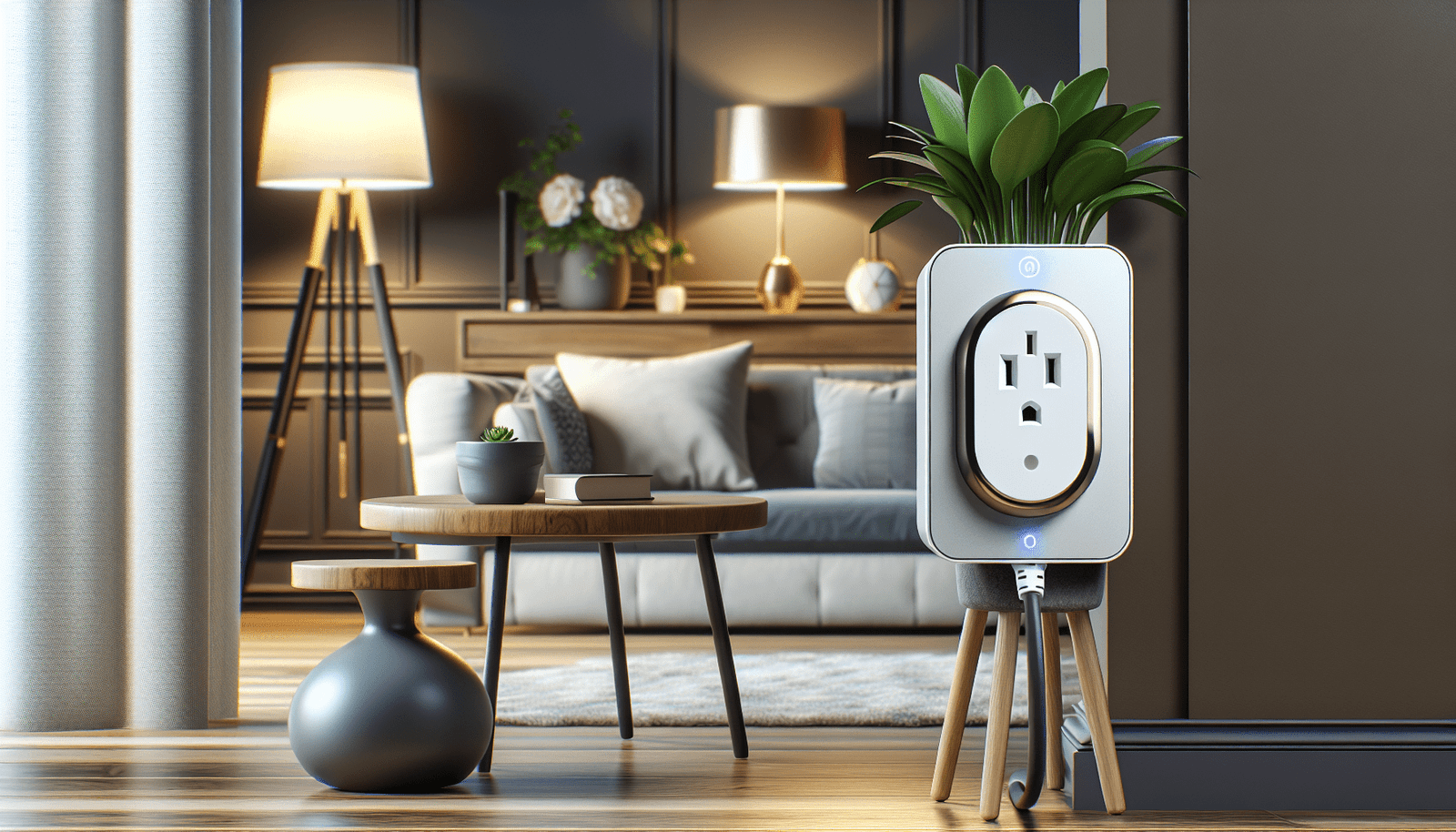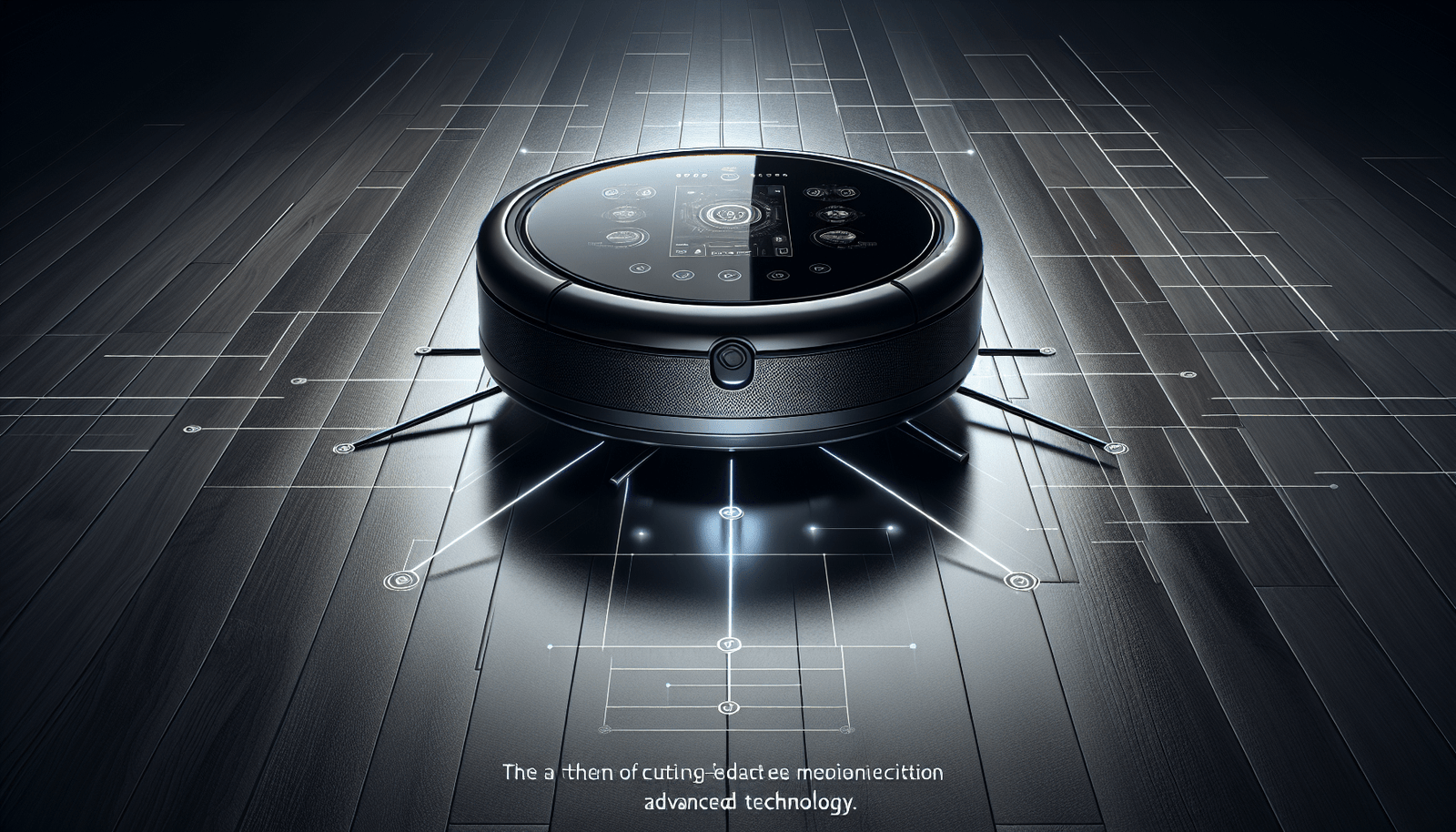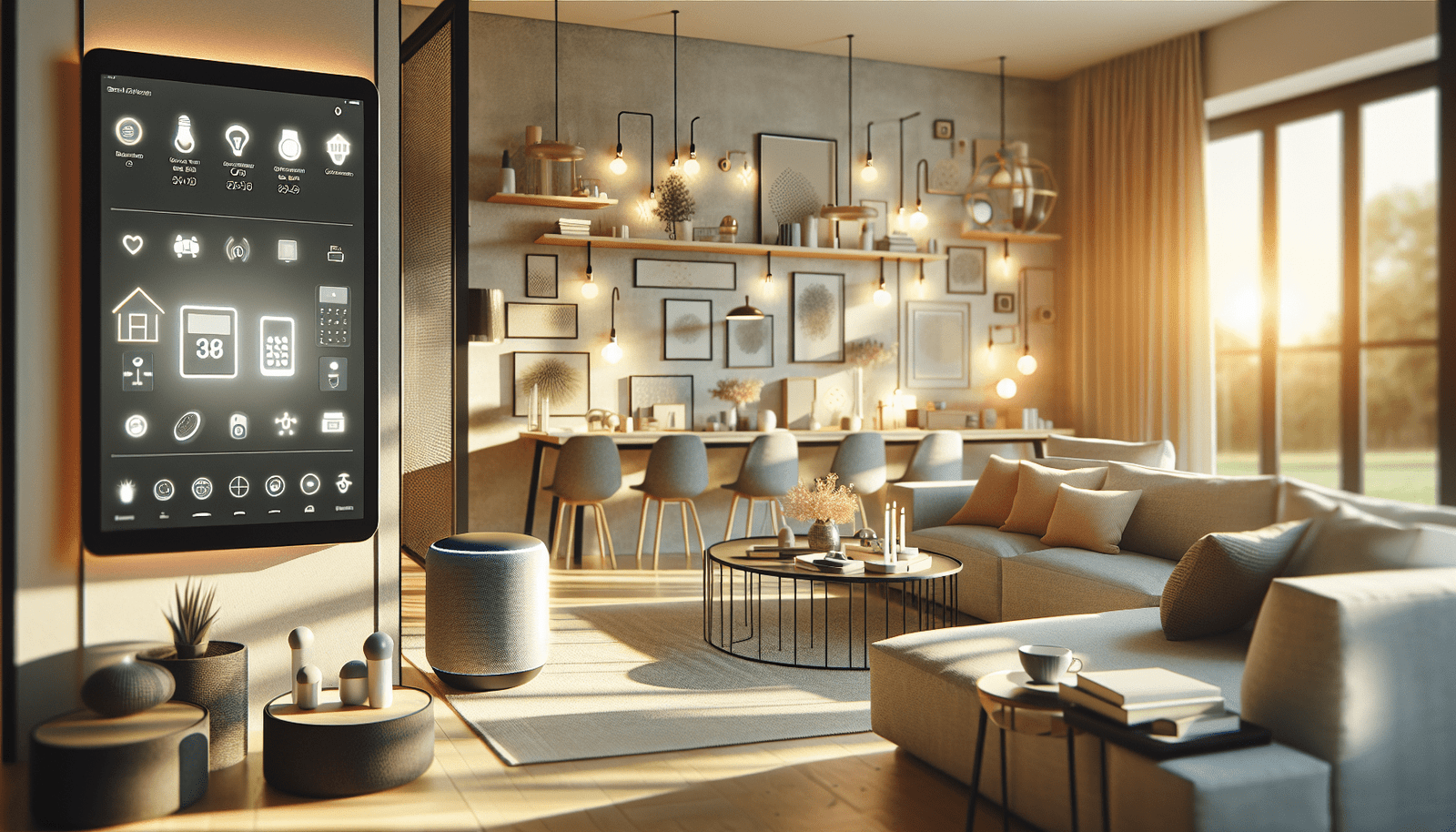Can you imagine your home adjusting the lights, temperature, security, and more around your daily routine? Smart homes offer this convenience and more, prompting a pressing question: Can a smart home work without the Internet? This is a pivotal query for anyone intrigued by smart technology but concerned about reliance on continuous Internet connectivity.
Understanding Smart Home Technology
At its core, a smart home leverages advanced technology to automate and remotely control household systems. Whether you’re a homeowner thinking about enhancing your living space with smart devices or a renter seeking temporary solutions, understanding the fundamentals of smart home technology is pivotal.
Definition of Smart Home Technology
Smart home technology refers to the array of devices, systems, and appliances that connect via a network, often controllable through a mobile app or a centralized hub. These devices can include anything from smart thermostats, lighting, security cameras, door locks, to voice-activated assistants like Amazon Alexa or Google Home. The goal is to make life easier, improve energy efficiency, enhance security, and provide convenience.
Benefits of Smart Homes
The allure of smart homes lies in their ability to simplify daily living through automation and connectivity. For a tech enthusiast or a real estate investor, these benefits include enhanced property value, personalized control, improved safety, and significant energy savings. For instance, smart thermostats learn your schedule and adjust heating and cooling accordingly, saving energy and reducing utility bills.
Can Smart Devices Operate Offline?
The majority of smart home devices depend on an Internet connection to realize their full potential. However, there’s a growing interest in understanding whether these devices can function without continuous Internet access. Let’s explore which devices perform optimally offline and which require a reliable connection.
Devices That Can Operate Without Internet
Some smart home devices are designed to operate independently of the Internet once they’ve been set up. Devices that use local networking protocols like Z-Wave or Zigbee can often continue to function as long as they are connected to their hubs. Such devices include certain types of smart lights and locks that rely on local wireless connectivity.
Devices That Require Internet
Many devices, however, are heavily dependent on Internet access. Voice-activated assistants, smart security systems, and remote video monitoring require an Internet connection to provide features like voice control, real-time alerts, and remote video streaming. Without the Internet, these features can be limited or unavailable, possibly impacting security and control.
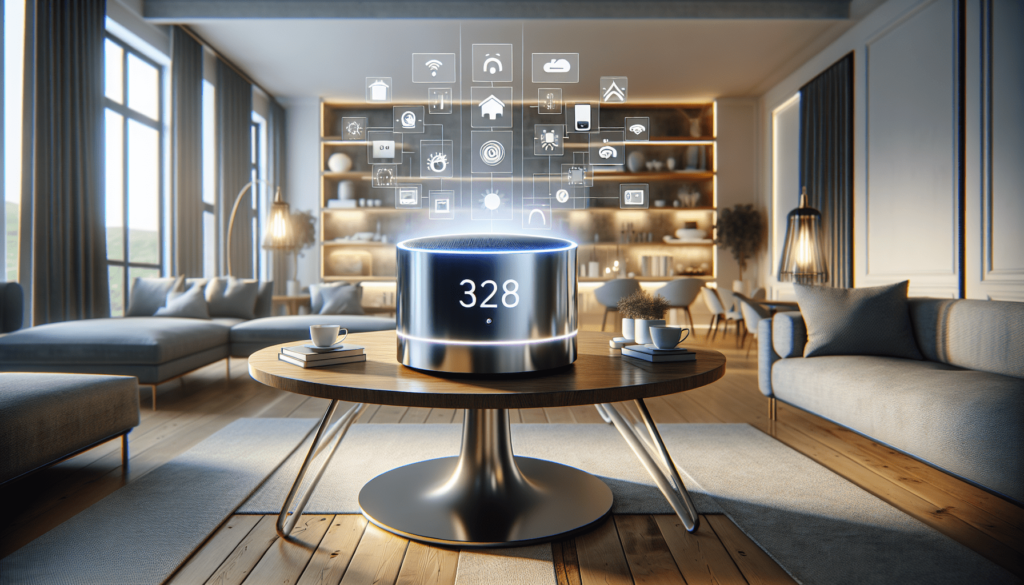
Cost and Value Considerations
Venturing into smart home technology entails an analysis of both initial and long-term financial implications. The cost of smart home devices and their installation varies, but understanding their potential for saving and enhancing property value is crucial.
Initial Costs and Installation
Initial investments in smart home technology can range significantly, often influenced by the level of sophistication and the number of devices you plan to integrate. While DIY solutions might reduce costs, professional installation can ensure optimal setup, especially for more complex systems.
Long-Term Savings and ROI
Smart devices can lead to substantial savings in the long run. Smart thermostats, for example, can significantly reduce heating and cooling expenses, contributing to a lower energy bill. Moreover, enhanced security features can potentially lower home insurance premiums. Calculating the return on investment involves considering these savings against initial costs.
Practical Setup Guides
Ensuring your smart home works efficiently, whether online or offline, requires careful setup and integration. Here’s how you can achieve a seamless smart home experience.
Steps to Setting Up Smart Devices
To integrate smart devices, start by setting a clear plan for what you want to automate or control. Here’s a simple guide:
- Choose the Right Hub: Select a hub that supports your desired devices and preferred connectivity protocol (Wi-Fi, Zigbee, or Z-Wave).
- Device Compatibility: Ensure chosen devices are compatible with each other and the hub.
- Placement and Power: Place devices in optimal locations and ensure reliable power sources, whether through traditional wiring or battery power.
- Network Configuration: Set up and secure your home network, prioritizing devices based on bandwidth needs.
- Pair and Configure Devices: Connect devices to the hub and configure settings to personalize automation rules.
Integrating Offline Capable Devices
If you’re aiming for a largely offline-capable system, prioritize devices that use local control over those reliant on cloud infrastructure. Setting up an offline-capable smart home might involve selecting devices that communicate locally, configuring them directly to a hub, and relying on local network controls.
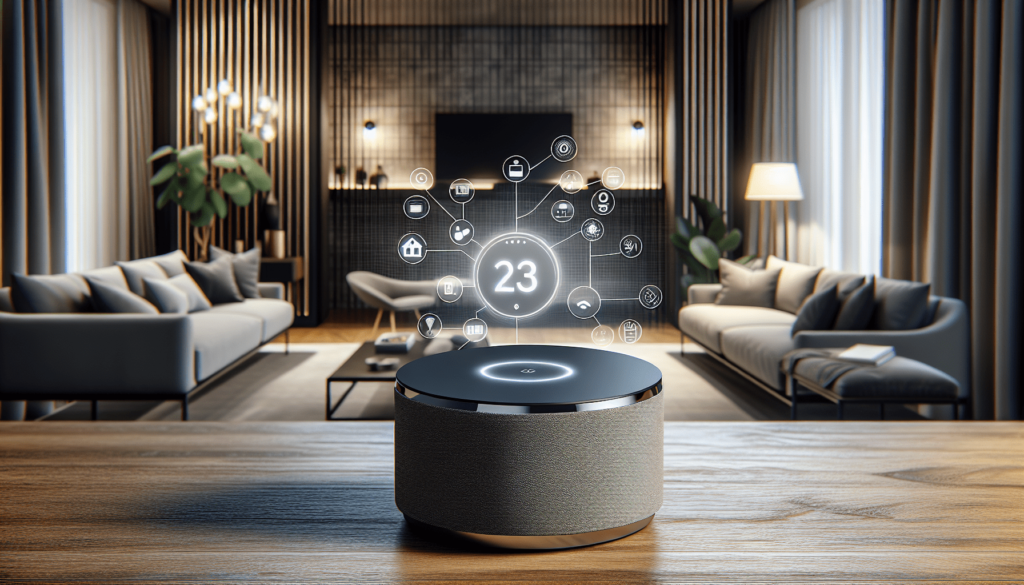
Understanding Security and Privacy
Security and privacy concerns are paramount when adopting smart home technology, especially regarding devices that integrate deeply into your daily life.
Potential Risks
Smart homes, while convenient, can represent a security risk if not properly configured. Hackers could exploit unsecured networks, potentially gaining unauthorized access to your system or personal information. Regular software updates and strong, unique passwords can mitigate these risks.
Best Practices for Smart Home Security
- Secure Your Network: Change default passwords and use a secure Wi-Fi network.
- Enable Two-Factor Authentication: Wherever possible, add an extra layer of security.
- Regular Updates: Keep firmware and software up to date to protect against vulnerabilities.
Energy Efficiency and Sustainability
Smart technology inherently supports energy efficiency and sustainability, aligning with the growing need for eco-friendly solutions in both personal and environmental contexts.
Role of Smart Devices in Energy Conservation
Smart devices can significantly impact energy consumption, providing tools to monitor and manage usage effectively. For example:
- Smart Thermostats: Automatically adjust settings based on presence and temperature shifts.
- Smart Lighting: Use motion sensors to turn off lights when no one is present.
- Energy Monitoring: Track and optimize energy usage in real-time.
Compatibility and Connectivity
Seamless operation of smart home devices relies heavily on compatibility and connectivity—understanding these elements is essential for a functional system.
Interoperability of Devices
Not all smart devices speak the same language; compatibility issues can arise when integrating products from different brands. Prioritize devices certified to work together or choose those that connect through a universal hub.
Connectivity Protocols
Major smart home protocols include Wi-Fi, Zigbee, Z-Wave, and Bluetooth. Each has its strengths and limitations, impacting range, speed, and network load. WiFi devices offer high speed and range but might hog bandwidth, whereas Zigbee and Z-Wave facilitate better device interconnectivity with low energy consumption.
Future-Proofing and Innovation
The smart home industry is evolving rapidly, with innovations continually enhancing device capabilities and user convenience.
Emerging Trends in Smart Technology
From AI-enhanced appliances that can predict and automate tasks to immersive virtual assistants, the future of smart home technology promises dramatic advancements. Keep an eye on developments in machine learning and AI, as they are likely to contribute to more intuitive and predictive smart home systems.
Planning for Future Upgrades
Invest in systems that allow for modular expansion and are compatible with upcoming technologies. Staying informed about software updates, participating in user forums, and choosing devices supporting open standards can help future-proof your smart home.
Conclusion
So, can a smart home work without the Internet? The answer is a nuanced yes and no. While some devices can function independently, benefiting from local control, others do require connectivity to deliver their full range of features. Understanding the extent of this dependency is key to setting expectations and planning your smart home setup accordingly. As you navigate your smart home journey, consider the implications of each device, weighing your desire for full connectivity against the practicality and potential of a partially offline system.
This comprehensive understanding of smart home fundamentals equips you to make informed decisions aligned with your needs, lifestyle, and security preferences, paving the way for a smarter, more efficient living environment.
